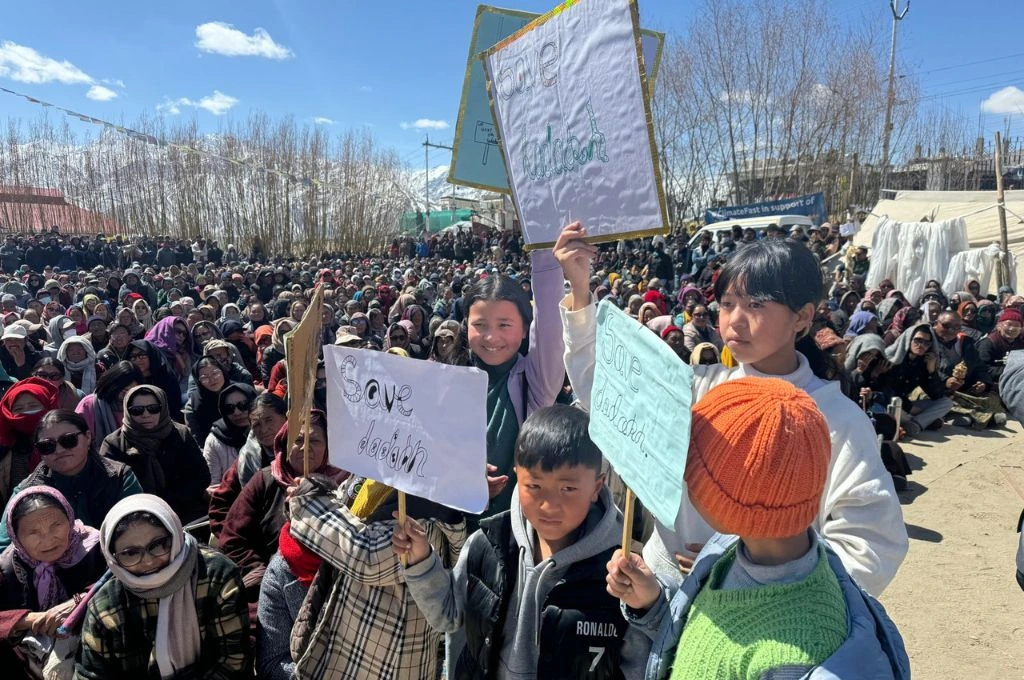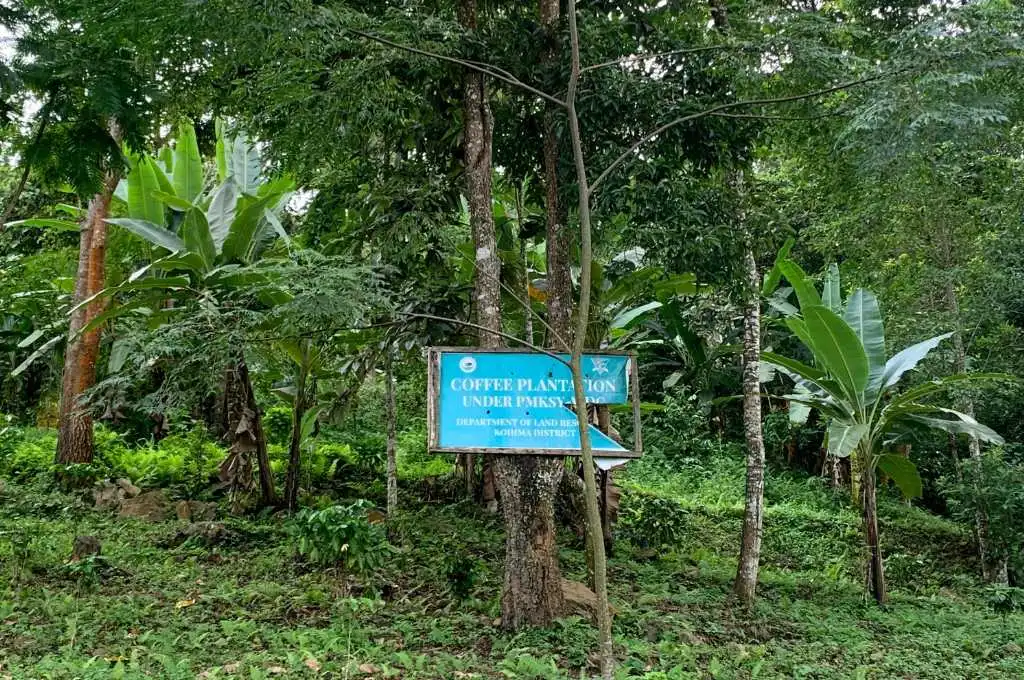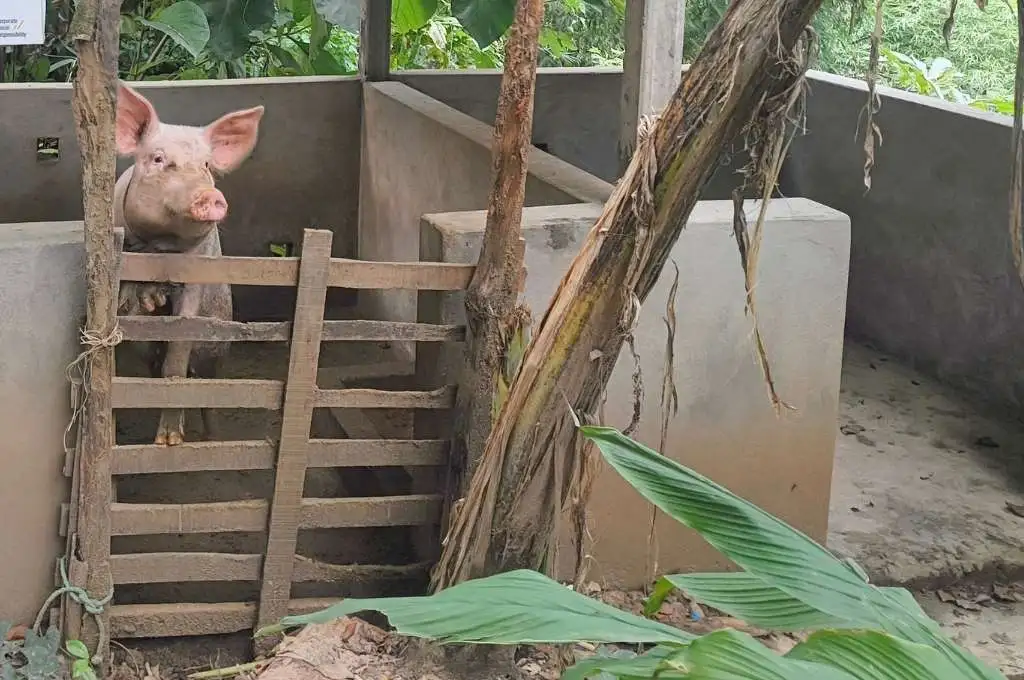READ THIS ARTICLE IN
Moving mountains: How women manage water in Spiti valley
In Kibber village, part of Himachal Pradesh’s Spiti Valley, irrigation is the domain of women.
Crops are irrigated in a fixed cycle. A few weeks after ploughing, women remove the weeds and scatter the field with dried yalo (local wild grass), which prevents soil run-off and increases water retention. This is followed by yurma—the first irrigation cycle. On the first day of yurma, only the fields of amchis (doctor) and the devta (village deity) are irrigated. Women from every household participate in irrigation on this day.
The second day is reserved for families that have experienced a serious illness or death in the previous year, or have pregnant women who are unable to work in the fields. The third day, tiping langzet, is for families that have participated in the maintenance of water channels. The remaining fields are irrigated after the third day.
It is the women who decide the time of the second and third cycle of irrigation. They also manage the daily distribution of water, which comes from the snowmelt of Kanamo, a holy peak in Spiti. The water is directed to the fields using khuls—long channels often lined with rocks—which have existed in Spiti for centuries. Initially built for barley and black pea, this irrigation system has been modified and fine-tuned by women in the area for growing green pea.
Every year, two women are chosen to be the khul managers. They are in charge of the khuls, ensuring the fields receive their quota of water and resolving any conflict related to the distribution of water. Women are also responsible for building kyaaris in the fields. These are embankments that help guide the flow of water and are carefully built based on the natural slope of the land.
“If you water them…too early, the plants get thirsty and will need more water. You have to water them at the right time, and with the right amount,” says Lobzang, a woman farmer in Kibber. Lobzang also mentions that this irrigation system has remained unchanged for several generations. The knowledge of irrigation is passed on from mothers to daughters as soon as the little girls start helping in the field.
This article was updated on January 11, 2024, to reflect that yalo is a local wild grass, not buckwheat.
Ranjini Murali is a postdoctoral scientist at Humboldt-Universität zu Berlin. This is an edited excerpt of an article that was originally published on Himkatha.
—
Know more: Read this article to learn more about borewells and ground water in Rajasthan.



